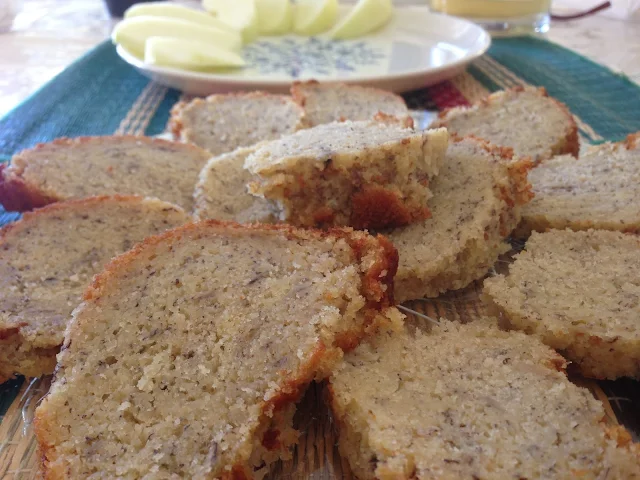It looks like a shady chemistry lab. It feels like an underground cavern. It exudes some mystery. How does liquid nitrogen add to the flavours of gelato? I am reminded of Dr Who, I recall my high school moments and I notice the chalk on the blackboard. Word of mouth has fed much into my ears and if I am in uni, I would consider this cool, very cool. Overhead lights add to the allure, bright coloured spots and items provide some surprising touches. It may also feel like the garage school boys hang out. Already operating in both Melbourne and Sydney, I reckon this business model can do well in Asian cities in Singapore, Hong Kong, Seoul, Shanghai and Taipei. What, you may ask, another hyped up gelato joint? It can do well in warm climes instead of the rather cold day when I checked out N2.
To me, it looked like kitchen cake mixers (yes they are Kitchen Aids) but then there was a serious effort of adding this gas like thing on to the mixing bowl. Ah ha, the UK chef Heston may have had a hand in all these. The thought did cross my mind that handling nitrogen is not in the same league as preparing juices or ice cream smuck. It is a more risky league. I tried the avocado mix. Staff were friendly, the smiling Caucasian guy in the white coat and the naturally beaming Asian lass helping him. I did find the gelato on the thick side but then it was flavourful, did not have icy sheen as some of the competitors dish up and there was quality. Perhaps two can share one order, especially if you visit after a meal. There is so much choice in flavours and combinations and I do recommend the plain old pandan, cocolichee sorbet, fig and yogurt and the pork floss gelato. Many commented that the flavours are skewed towards Asian tastes and upbringing, but I suggest to every one to let go, feel the wind and be adventurous.
The venue at One Dixon Street encourages inter mingling whilst also providing funky corners to wait, stare and consume. N2 is one of the more refreshing gelato and customer hub concepts played out in reality - and the obvious demographic market target is the 13 to 30 year olds. I may have forgotten my chemistry element symbols but N2 is obviously nitrogen. It is a credit to founder Min Chai's imagination and flair that N2 Extreme Gelato exists - and this is another real life story of a trained accountant going beyond the figures to create a business. There are extreme queues at certain hours but uni students find it fun, they catch up without having to make over complex appointments.


























